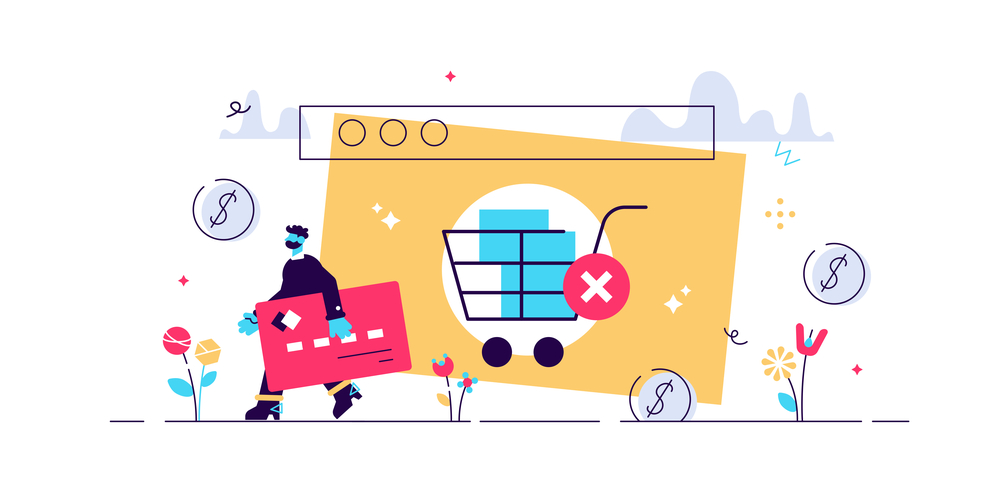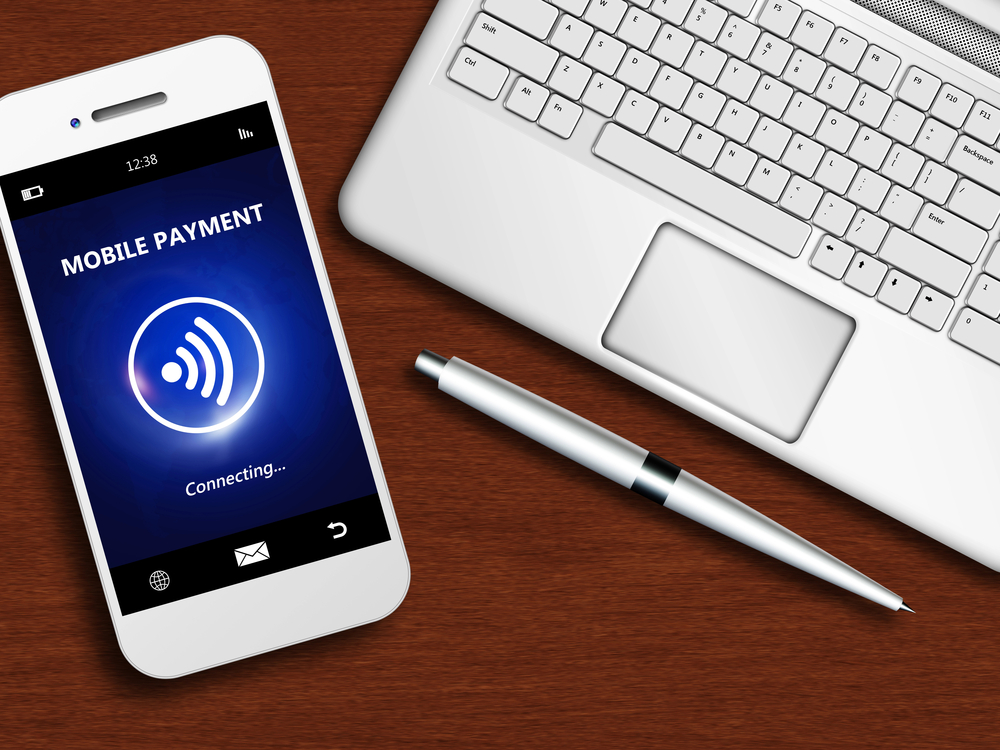
What is Freemium? When and How to Use This Risky Sales Model
Oct 27, 2023 3 minutes
Freemium, a blend of ‘free’ and ‘premium,’ is a business model wherein basic services are provided free of charge while more advanced features are priced.
The freemium business model, especially in the SaaS realm, has exploded in popularity. Companies like Spotify, Dropbox, and Evernote are great examples of its success. Yet, determining if it’s the right strategy for your business requires careful consideration.
Is a Freemium Model Right for Your Business?
Today, there’s a strong inclination to provide a version of your product for free with the option to upgrade. Spotify allows listeners to enjoy ad-free music with a premium version, and Dropbox’s free version hooks users before presenting them with advanced features and storage.
But what is freemium, and is it a suitable choice for every online merchant?
The Misconception of Freemium
Freemium is a blending of the words ‘free’ and ‘premium,’ and at its core, this business model offers basic features to users at no cost, aiming to upsell them to a premium version that contains more features.
Yet, it’s essential to bust a prevalent myth: not every product is suited for a freemium model.
Some solutions, especially complex SaaS platforms requiring substantial sales support, might find the freemium model counterproductive. If your product necessitates guided onboarding or hands-on assistance, diving straight into a freemium strategy might not be ideal.
Know Your Product and Audience
Startups, especially in the SaaS business arena targeting a vast user base, can immensely benefit from a freemium model. It’s a potent tool to drive brand awareness and expand your customer base. For instance, Evernote is useful to many different people across demographics, and this wide user base helps them pitch their premium features effectively.
But a question lingers: will free users see the value in your product and become premium users? This transition is where the distinction between the free product’s basic features and the premium version’s advanced features becomes paramount.
Ensuring that the free version provides enough functionality to be valuable while also teasing the benefits of the premium version is a delicate balancing act.
Evaluating the Benefits
Adopting a freemium pricing model promises several benefits:
- Brand Awareness: Offering free services, even with limited functionality, gets your product into the hands of a larger number of users. This exposure can lead to word-of-mouth promotion, significantly reducing the customer acquisition cost.
- User Base Expansion: With a free plan in place, you’re likely to see an influx of new customers. This growth increases the potential pool for upselling to your premium services.
However, while the freemium model is enticing, it’s essential to consider the customer base you already have. If you’ve cultivated a solid base of paying users, there may be no reason to offer a freemium tier. Transitioning to freemium requires delicate handling to ensure existing customers don’t feel short-changed.
The freemium business model has propelled many companies to success. Still, understanding your product, audience, and market is crucial before deciding if this pricing strategy aligns with your goals. As with all business decisions, it’s about striking the right balance to ensure sustainability and growth.
Retain subscribers for longer with DirectPayNet.
When to Offer a Freemium Model
The allure of the freemium model is undeniable. By offering a free version of a product or service, businesses hope to attract a vast number of users, banking on a portion of them converting to the premium version.
Companies like Spotify have successfully used this model, offering basic features for free and enticing users to upgrade for an ad-free experience. But how does a business determine the right time to introduce or transition to a freemium model?
Reading the Market
The Tesla example serves as a prime illustration. Initially, electric cars, being a relatively new concept, required significant sales efforts.
However, as the market matured and became educated about the benefits of electric vehicles, a lighter sales touch became more effective.
Similarly, for your product or service, understanding market maturity is key. A newer market might demand a more sales-driven approach, while an educated market could respond better to a freemium model.
Evaluating Customer Acquisition Cost (CAC) and Retention
One of the main attractions of the freemium model is the potential reduction in Customer Acquisition Cost (CAC). By offering free services, businesses can increase the number of users experiencing the basic features, hoping that the product’s value will lead to conversion.
However, it’s not just about acquiring new users. Retention becomes equally, if not more, critical. The balance between attracting new customers and retaining paying users is essential.
If the churn rate of premium users becomes too high or if free users don’t see the value in upgrading, the model’s sustainability comes into question.
Freemium vs. Time-limited Trials
Another consideration is the comparison between a freemium model and a time-limited trial period.
Some companies, rather than offering a free version indefinitely, provide all features for a limited time. This approach aims to give users a full experience, hoping they see enough value to become paying customers once the trial period ends.
While both models have their merits, understanding your user base and product is crucial. For instance, Dropbox, with its freemium strategy, offers a taste of its functionality for free, while other SaaS platforms might find time-limited trials more effective in demonstrating their product’s full potential.
The decision to offer a freemium model is multifaceted. It’s not solely about following market trends or what competitors are doing. It’s about evaluating market maturity, understanding your customer acquisition and retention metrics, and considering alternatives.
The ultimate goal is ensuring that the chosen model aligns with the business’s long-term vision and sustainability.
Freemium or not, you need a processor that supports your business and your customers.
How to Offer a Freemium Model WITHOUT Ruining Your Business
The appeal of the freemium business model is undeniable. It offers the promise of a vast user base and the potential for a significant portion of those users to upgrade to premium services.
But, diving into a freemium strategy without careful planning can have repercussions. Here’s how to embrace freemium without jeopardizing your business.
Reworking Onboarding and Activation
The onboarding process is the first impression your product leaves on a user. Whether they’re free users or premium users, the experience should be seamless.
However, for a freemium model, there’s an added layer: ensuring free users see the potential benefits of upgrading. Tailoring onboarding to hint at premium features or services without making free users feel overly restricted is essential.
Aligning Sales and Marketing Incentives
Transitioning to or starting with a freemium model demands a shift in the sales and marketing approach.
Sales teams must understand the balance between promoting the free product and upselling additional features. Marketing, on the other hand, plays a pivotal role in building brand awareness, ensuring that the free services reach as many potential users as possible, and driving home the value of premium services.
Continuous Testing and Iteration
A static freemium model is a recipe for stagnation. What works for Dropbox might not resonate with users of a different SaaS platform.
As such, continuous testing, analyzing user behavior, and iterating based on feedback and data are crucial. This cycle helps refine the freemium pricing strategy, ensuring it remains aligned with market demands and user expectations.
Leveraging User Data for Success
Data is gold in the freemium world. Understanding user behavior, tracking conversion rates from free to paid plans, and identifying which premium features are most enticing can provide invaluable insights.
Marrying this user data with sales knowledge can guide the refinement of the freemium strategy, ensuring that both free and premium users find value in what’s offered.
Striking the Right Balance
Perhaps the most critical aspect of a successful freemium model is balance. Offering too much in the free version can stagnate the conversion to the paid plan. However, offering too little can frustrate users, impacting user experience and brand reputation.
It’s a dance between ensuring free users have enough functionality to see the product’s value while also making the premium version’s benefits crystal clear.
Embarking on a freemium journey is exciting but also fraught with challenges. By focusing on user experience, aligning sales and marketing efforts, leveraging data, and continually refining the strategy, businesses can offer a freemium model that not only attracts a vast user base but also drives sustainable revenue growth.
Do You Offer a Freemium Pricing Tier?
Freemium, as a pricing model, can be a game-changer for many businesses. However, it requires strategic planning, continuous iteration, and a keen understanding of the market and user behavior.
By considering when and how to implement this model, companies can enjoy the benefits without compromising their bottom line.
I want to know if you offer a free tier to accompany your premium pricing plans. Let me know in the comments below.




